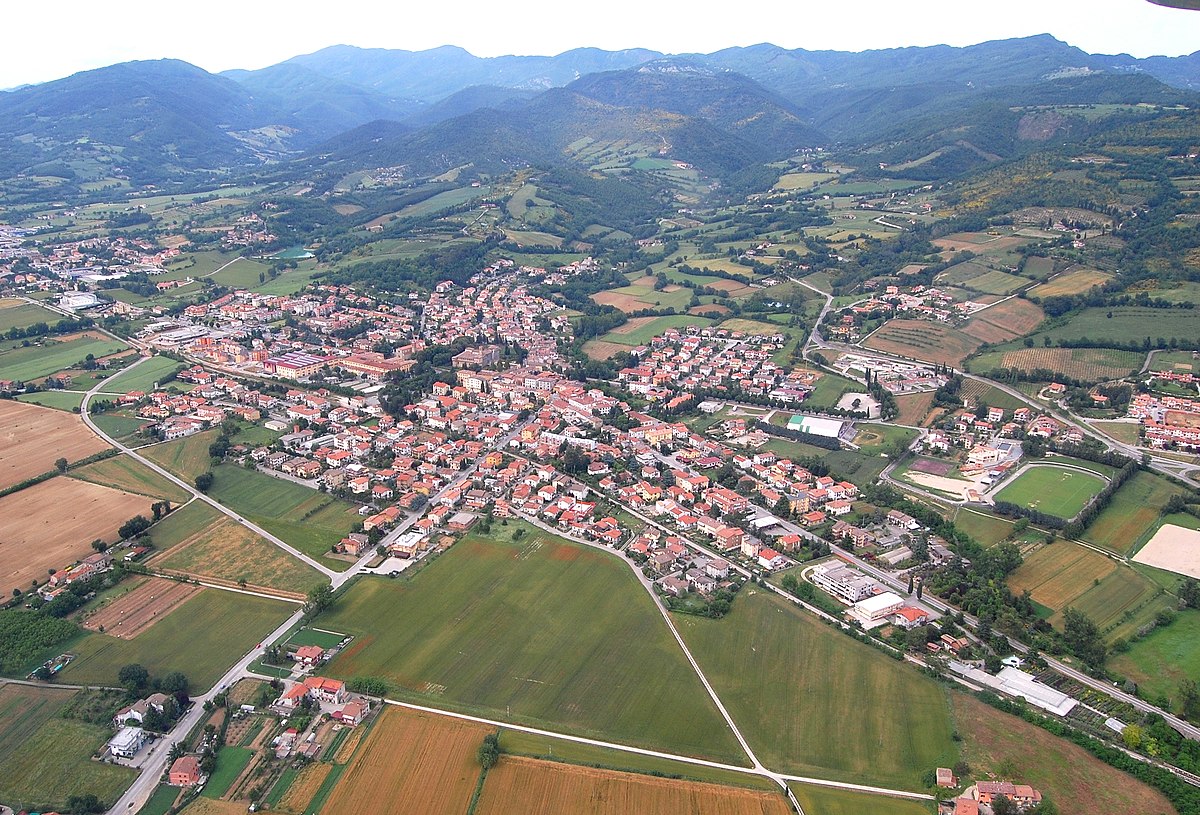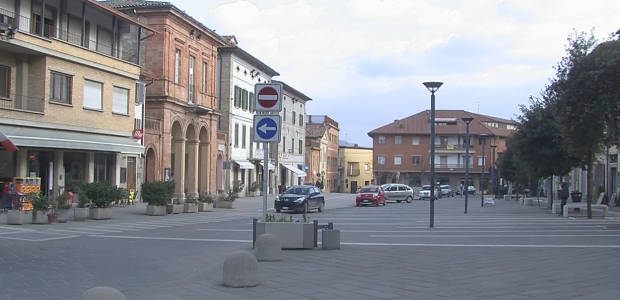



Vital center located in the upper Tiber valley, San Giustino, together with the contiguous Tuscan city of Sansepolcro, constitutes a single agglomeration of about 26,000 inhabitants.
Although today belonging to different regions and provinces, they have, since ancient times, been linked by a double thread of territorial and demographic continuity.

San Giustino, whose first traces can already be found thanks to information from the Arezzo archive on the remains of a large 7th century parish church, was founded by the Christian martyr Justin (killed in Pieve de 'Saddi, in the municipality of Pietralunga), to which both the entire municipality and the large archpriest church located in the center of the city owes its name, inside which there is an early Christian crypt erected using material from Colle Plinio, a municipal location where what is commonly recognized as the Villa in Tuscis by Pliny the Younger, often mentioned in the letters he sent to his uncle Pliny the Elder.

Monuments and places of interest:
- The archpriest church of San Giustino stands in the center of the city; all the other surrounding churches belonging to the northern vicariate, based in San Giustino, of the diocese of Città di Castello, belong to it.
- The Bufalini Castle, considered the very symbol of the city, welcomes visitors with its elegance and majesty. the church of the Santissimo Crocifisso, built thanks to Cardinal Giovanni Ottavio Bufalini, then archbishop of Ancona, is rich in frescoes and stuccos by the Della Robbia brothers. The façade, facing the Town Hall square, is gabled;
- The Villa Graziani: In the splendid setting of Villa Graziani in Celalba (San Giustino) the Museum of the Villa di Plinio in Tuscis has been set up. The museum houses the artifacts found in the archaeological excavation of the Villa of Pliny the Younger but also insights into both the economy, trade and agriculture in the Roman period. The museum is open from April to September on Saturdays, Sundays and public holidays from 10:00 to 13:00 and from 15:30 to 18:30; while from October to March it is open on Sundays and public holidays from 10:00 to 13:00 and from 14:30 to 17:30. By reservation it is possible to visit it all the other days of the week. Always by reservation it is also possible to visit the archaeological excavation of the Villa di Plinio in Tuscis. Educational workshops have been set up for schools of all levels.
- The village of Cospaia, seat of a republic until the early 19th century.
- The Roccolo Municipal Park, the "summer residence" of the Alice Association, has a fortune: that of being a wood located just above San Giustino, very close to the center and easily accessible. Even by car, just park in the large parking lot and then, go up the stairs, you will find yourself immersed in the greenery that surrounds the kiosk and the square with the stage, and you will already feel that you can breathe a different air. The Alice Association in the summer, in addition to keeping the pizzeria open inside the park, organizes events every weekend, from music to theater, from poetry to street art. The Roccolo Park is a place immune from being subjected to fashions and trends, where the philosophy of culture accessible to all finds full application.
San Giustino
Address: Piazza del Municipio 17 06016
Phone: 075 861 84 11
Site:
http://www.comunesangiustino.it/Location inserted by
Giuseppe Salerno